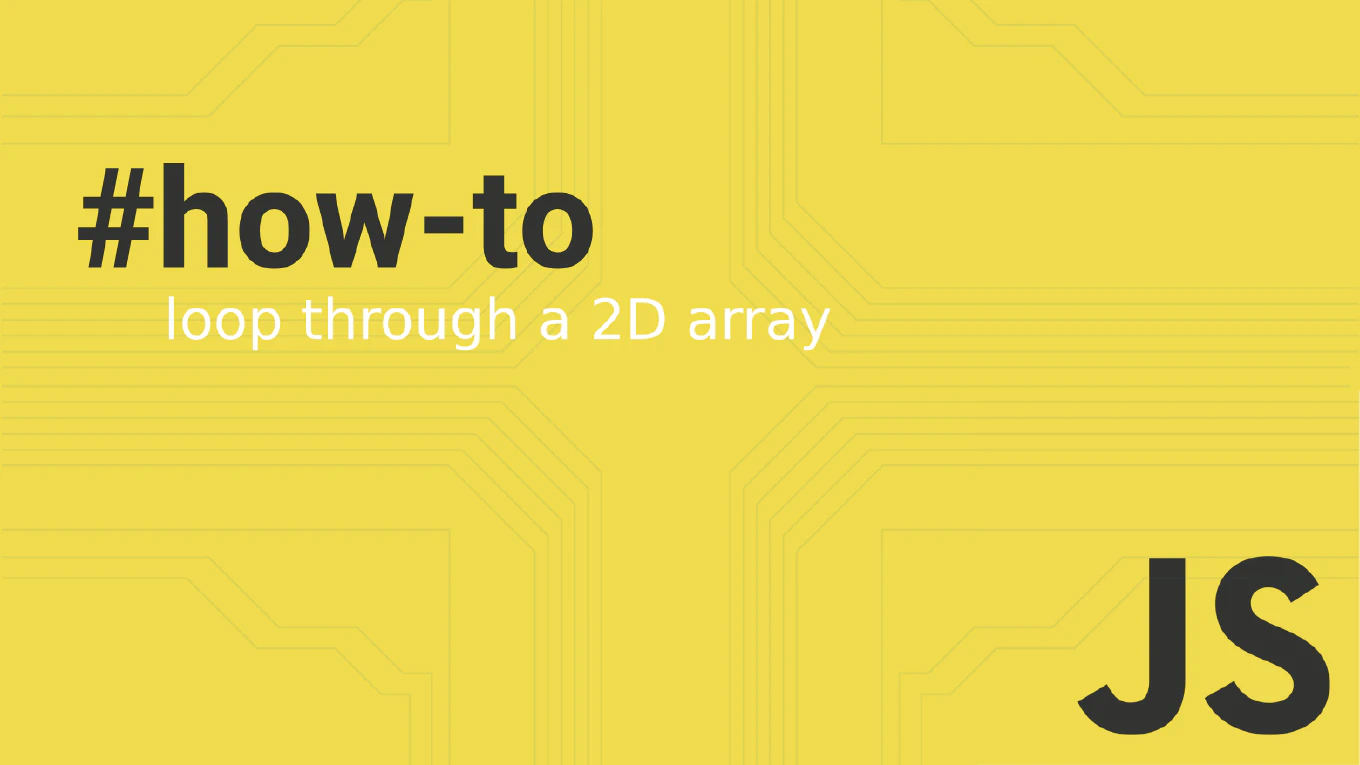How to pull changes in Git
Pulling changes from remote repositories is crucial for staying synchronized with team members and incorporating the latest updates into your local development environment.
As the creator of CoreUI, a widely used open-source UI library, I regularly pull changes from multiple contributors to maintain synchronization across distributed development teams.
From my expertise, the most reliable approach is to use git pull command which combines fetch and merge operations.
This method downloads remote changes and integrates them into your current branch, ensuring your local repository stays up-to-date with the team’s work.
Use git pull command to fetch and merge remote changes into your local branch.
git pull origin main
The git pull command combines git fetch and git merge in a single operation, downloading commits from the remote repository and merging them into your current local branch. The syntax git pull origin main specifies the remote (origin) and branch (main) to pull from. If your local branch tracks a remote branch, you can simply use git pull without parameters. This command updates your local repository with the latest changes from collaborators and resolves simple merge conflicts automatically.
Best Practice Note:
This is the same approach we use in CoreUI development to stay synchronized with contributor changes and releases.
Consider using git pull --rebase to replay your local commits on top of remote changes for a cleaner history, or git fetch followed by git merge for more control over the merge process.







